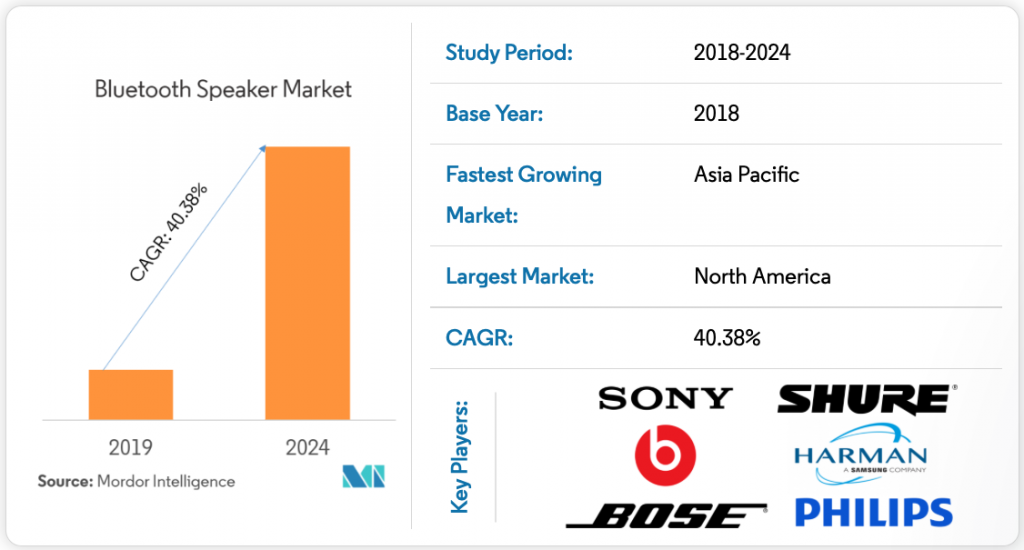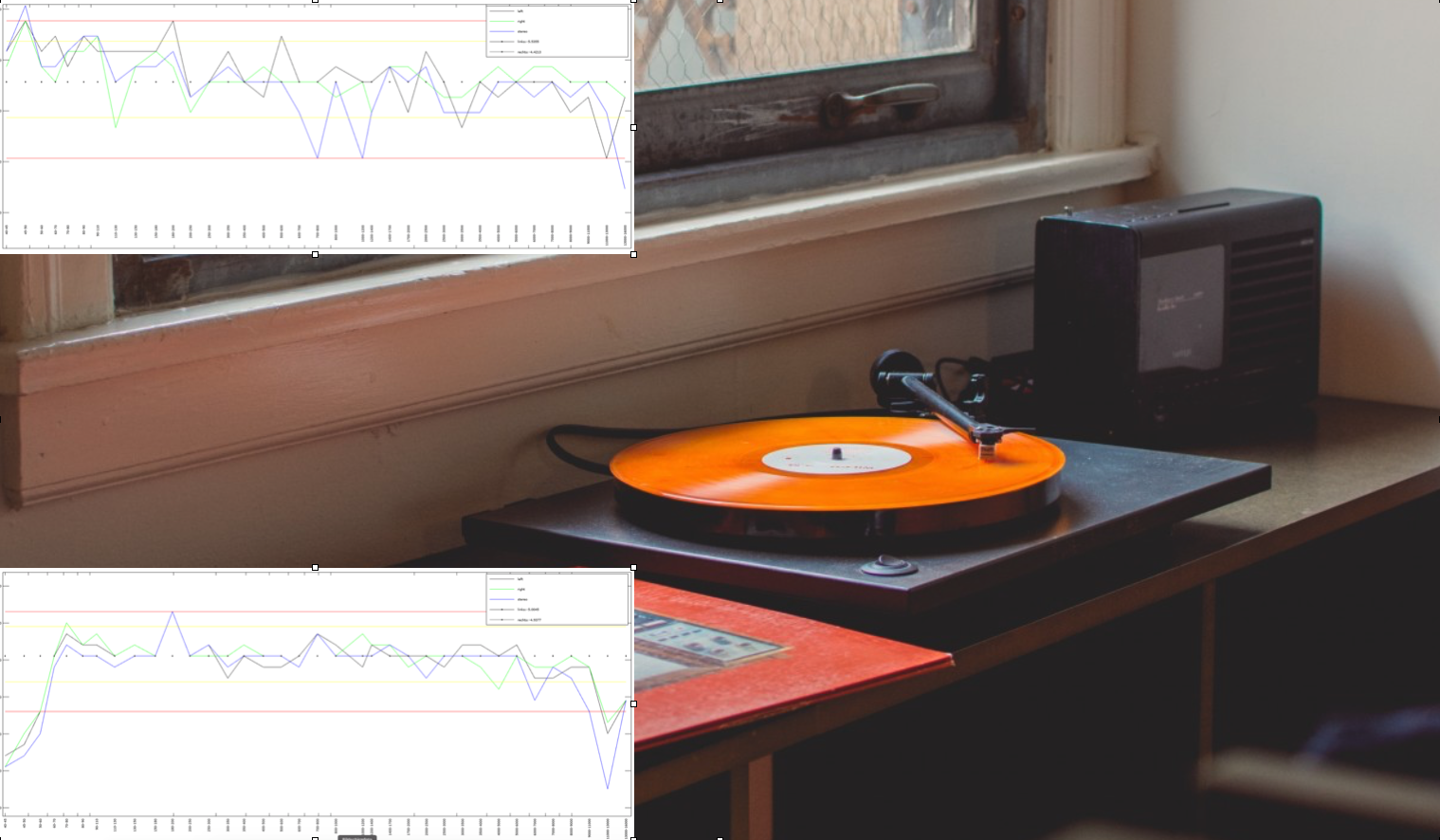
Why could a bad speaker be measured as good at the listening position?
Well, as usual, easily asked and rather difficult to answer.
What is a bad speaker and what would we measure at the listening position? These two questions are also relevant for providing an answer to the first question.
For this blog I use an example of an average Bluetooth speaker. Not very big, about 25cm wide only, but still quite loud and capable of playing music with lots of bass.
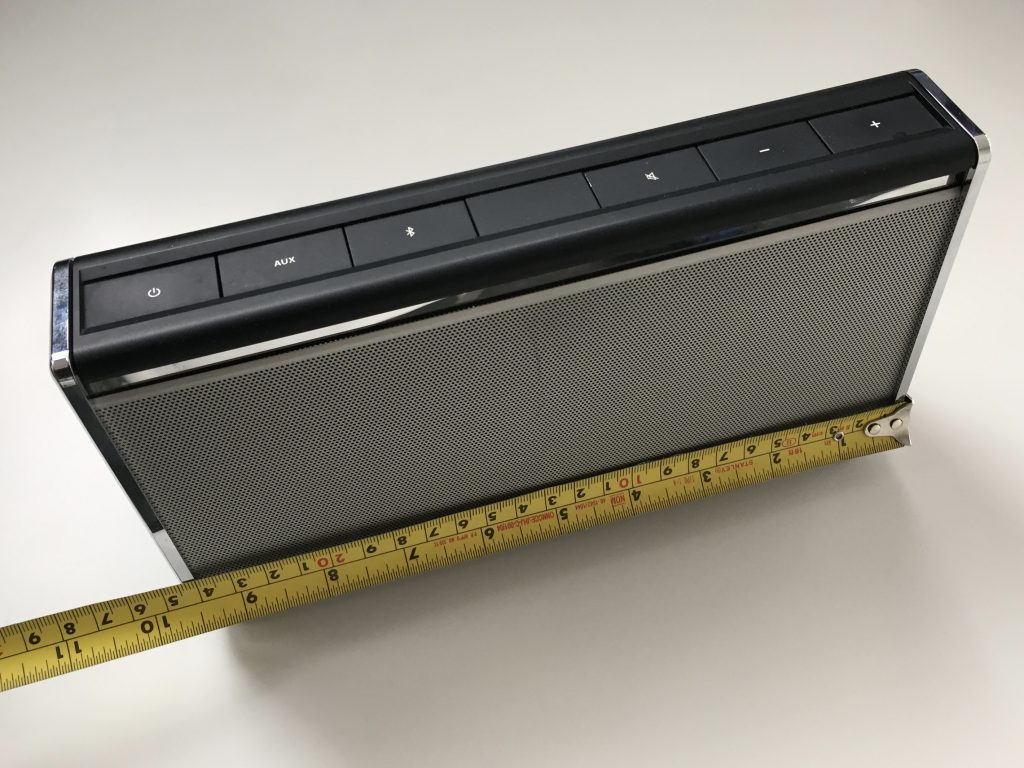
How can this little speaker play loud at high dB and with lots of bass? We all know, bass needs volume.
That is true, except for those cases, where lots of digital measures and tricks improve certain properties of such speaker.
Optimization of specific features at the price of impairing others
Many of these small speakers are significantly optimized for specific features. They are able to play quite loud music, relative to their energy consumption and size. From all properties of an audio system, these little Bluetooth speakers focus only on a few in order to satisfy specific needs of customers. Such needs might be mobility and sound for fun.
Mobility may focus mostly on connectivity, size, weight and power duration. Whereas the sound for fun probably focuses on loudness and lots of bass. Although we may not all like this, recent sales statistics show that these little Bluetooth speakers are very popular. And we cannot ignore this fact based on the assumption that people use the smart speakers only for other purposes rather than listening to music.
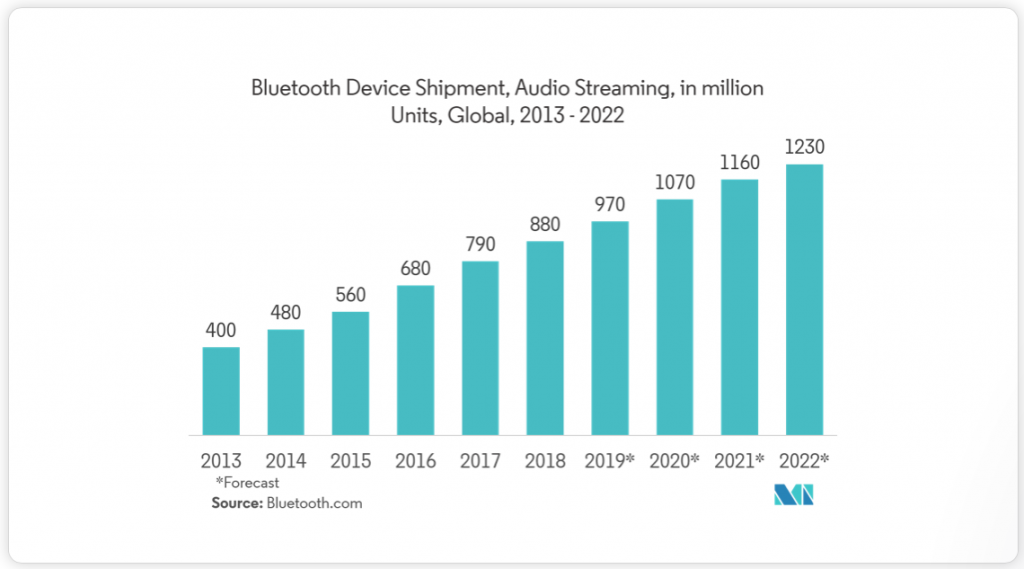
https://www.mordorintelligence.com/industry-reports/global-bluetooth-speaker-industry
Measures to make small speaker loud and bass heavy
There are many measures available to make a rather small speaker sound loud and bass heavy, relative to their size. Very common are digital measures like limiting, dynamic range compression in particular with gain compression both downward or upward, make-up gain or any other digital sound processing (DSP), most recently also pre-distortion. However, one must keep in mind, sound is pure physics, movement in the air. To play sounds one octave lower, i.e. half the frequency, a speaker needs to push four times more air. Obviously, this requires bigger speaker diameters. Small speakers can not push that much air.
As Paul Pickering says in his article as conclusion, a smart amplifier helps overcome fundamental limitations in the performance of small speakers, with a system-on-a-chip (SoC) approach that includes both precision analog and DSP circuitry. When combined with automated development tools, designers can perform characterization and tuning to match the system performance to the particular speaker being used. See: https://www.electronicdesign.com/systems/how-get-big-sounds-small-speakers
In practice, DSP technology and adaptive software can significantly boost the volume while still protecting against speaker failure, and improve frequency response across the entire audio range.
However, this all comes at a price
Most if not all of these measures manipulate in favor of some criteria but this comes with the cost of impairing others. Gain compression, soft compression, limiting or many DSP mechanisms are non-linear operations, which as such result in additional distortion.
Adding extra distortions increases subjective loudness. Either by just enhancing harmonics level, especially within the best hearing frequency range, or by adding and raising levels of harmonics related to bass foundation frequencies. This follows the concept of missing fundamentals. See: https://testhifi.com/2019/03/22/ghost-fundamental-and-engaging-sound/
As mentioned before, the needed air movement often overstrains small speakers. This results also in additional distortion.
Speaker capability for HiFi
A flat frequency range is for sure an important quality criterion for a good audio system. Such Bluetooth speakers, like the one in the picture above, may have quite a flat frequency response. However, probably due to all the measures taken, they often distort very heavily.
Lower level of distortion is a very important quality criterion for good sound too.
Why can distorting speakers be measured as good at the listening position
There are many different measurements one can take for an audio system. All of them require specific set-up situations. Distortion are usually measured closer to a speaker in near field or on axis. Frequency response measurement at the listening position identifies the audio system output in combination with the room acoustics.
The significant manipulation for subjectively louder sound, especially bass sound, often goes along with heavy equalizing the frequency response to a quite flat one. As such those speakers deliver a huge amount of distortion, which are very well hearable, but within a quite flat frequency range at the listening position.
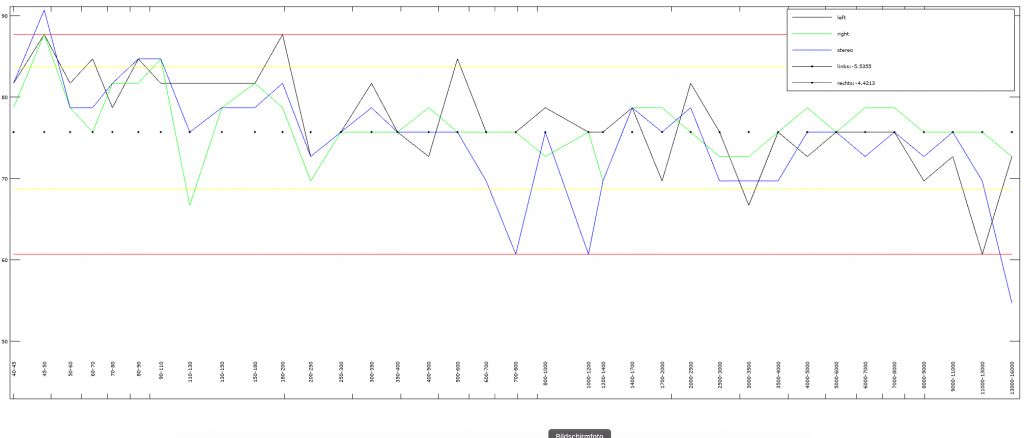
Stand speakers measured at the listening position
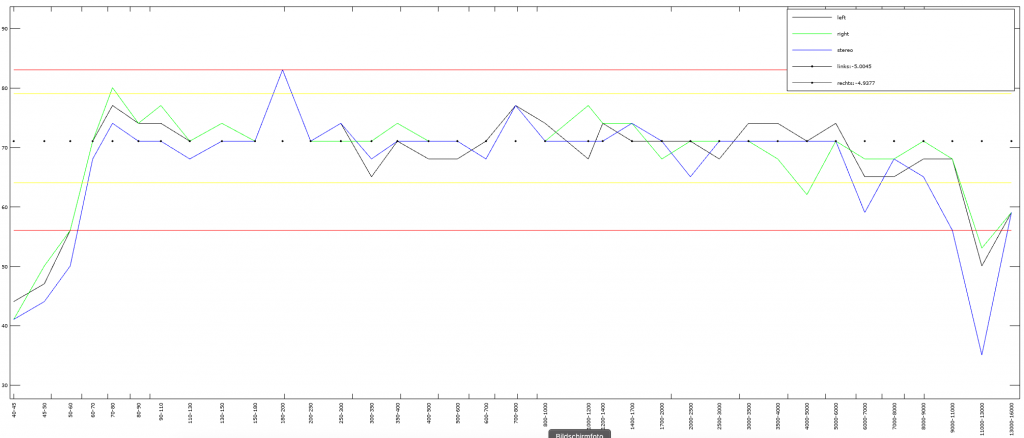
Small Bluetooth speaker measured at the listening position
It makes sense to measure certain criteria at the listening position. But room acoustic influences all of those measurements. We cannot measure the specific capabilities of the audio system, respectively the bluetooth speaker, independent of room influences at the listening position. Focusing on some very specific measurements, like frequency range, at the listening position makes sense, but it can make bad speaker look not so bad. Therefore bad speakers are measured sometimes as good at the listening position.
